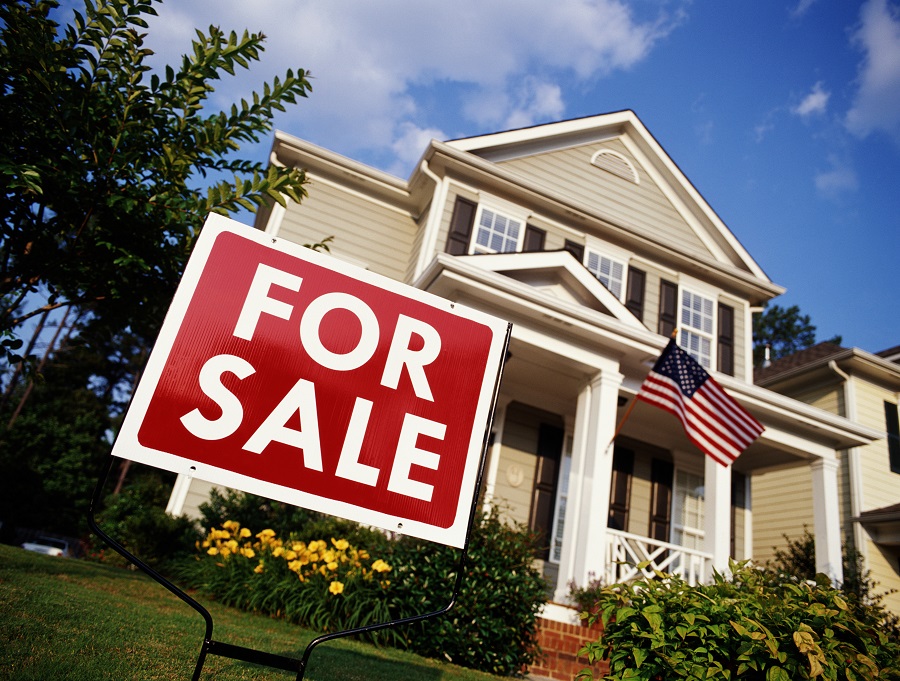July Existing Home Sales: Rapid Reaction


The very faint signals that the market’s longstanding tilt toward sellers is beginning to shift are starting to become somewhat stronger with each month of weak home sales data. Three years of exceptionally tight inventory and exceptionally strong price gains are catching up with the market, and are visible both in softer demand from stretched buyers and a still pervasive — if somewhat easier — inventory crisis. Home value appreciation has slowed considerably in a number of notable markets, including some that were among the nation’s fastest-growing just a short time ago. Inventory seems to be at or near the point at which it can’t fall much lower, and has begun to rise in several markets. Price cuts are becoming more common, especially at the higher end of the market where competition is less fierce. Growth in rents has flattened, removing some demand from the market that had been coming from renters desperate to trade their escalating lease payments for the stability of a monthly mortgage payment. Rising mortgage interest rates and record-high prices are putting a squeeze on affordability, especially in some higher-priced markets that experienced rapid job growth over the past half-decade – and the rising housing costs that came with it. And finally, the impact of tax reforms eliminating a number of lucrative tax breaks utilized largely by homeowners in pricey and/or highly taxed areas may be starting to show. The market is entering a period in which sales and prices may still boom in less-expensive markets attractive to bargain-hunting buyers, but are beginning to suffer in those areas that had been leading the charge over the past few years to get us where we are today.